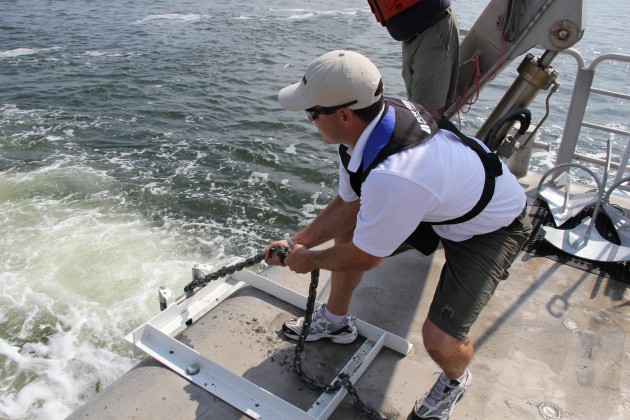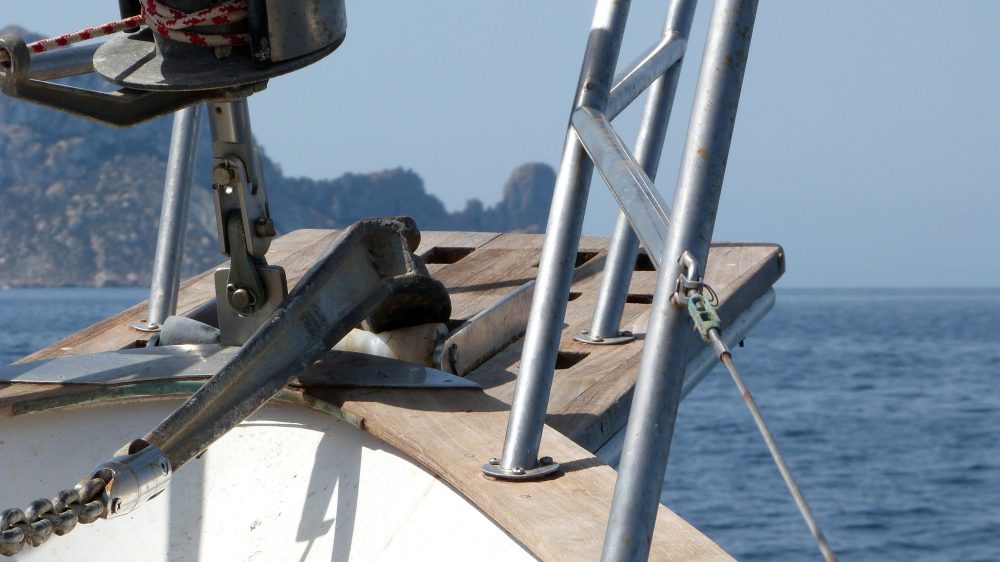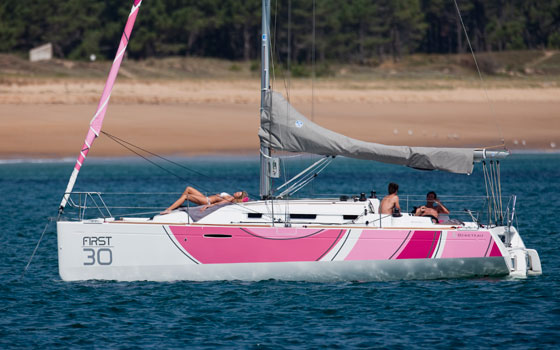How to Anchor Your Boat
Anchoring your boat is an important skill to master. Here's a quick rundown on the basic techniques.
Anchoring a boat is a skill every boater will want to master. There are lots of factors that influence when and where you should anchor, as well as the appropriate anchoring techniques for your conditions. Here’s a simple rundown on the basics of anchoring your boat.
How to Anchor Step-by-Step
- Start by heading the bow of the boat into the wind.
- Lower — don't throw — the anchor to the bottom. Let the line run through your hands, ensuring that it isn't wrapped around any part of your body or the boat.
- Let out a scope, or extra line, of approximately 5:1 for regular conditions. In rough conditions, 7:1 or even 9:1 may be necessary.
- When needed, give the boat a bump in reverse to help set the anchor.
- Double-check and make sure the type of anchor you're using matches the bottom you're anchoring up on. Using the wrong anchor creates more work for you, and you're less likely to have a good set on the bottom. Not sure which anchor is best for you? Check our guide on choosing the right anchor.

Rigging Your Anchor
When you're anchoring up, there are still a few other things to keep in mind. How you "rig" your anchor and the conditions you're anchoring in will affect how you approach the job. A length of chain between the anchor and the rope helps your anchor grab and hold the bottom. Increasing the volume, weight, or length of the chain reduces the amount of scope needed to hold the bottom in any given situation.
Anchoring in Strong Winds
When anchoring in strong winds your boat may drift so quickly that the anchor planes through the water, without dragging the bottom long enough to set. In this case, try bumping the boat in and out of gear with the bow facing directly into the wind, just enough to slow the drift and allow the anchor to drag bottom.

Finding Good Anchorage
Finding good anchorage is another essential facet of anchoring. The definition of"good" anchorage changes depending on factors like why you're anchoring up.
Once you've practiced the basic techniques, anchoring your boat feels just as easy as it looks. Just remember to familiarize yourself with these anchoring safety tips if you want to keep trouble at bay. Soon enough, you'll be relaxing on the boat, with only your worries drifting off to sea.












